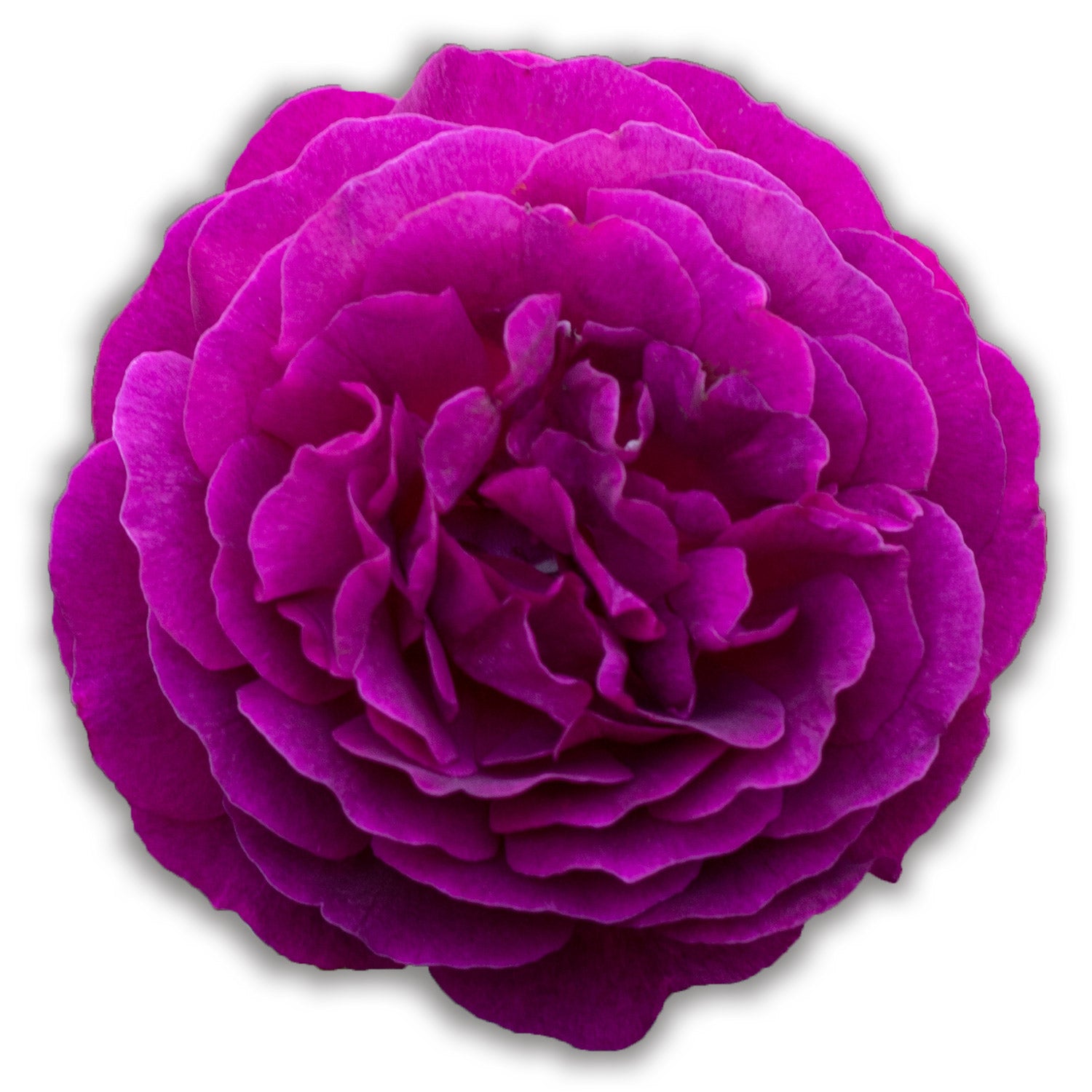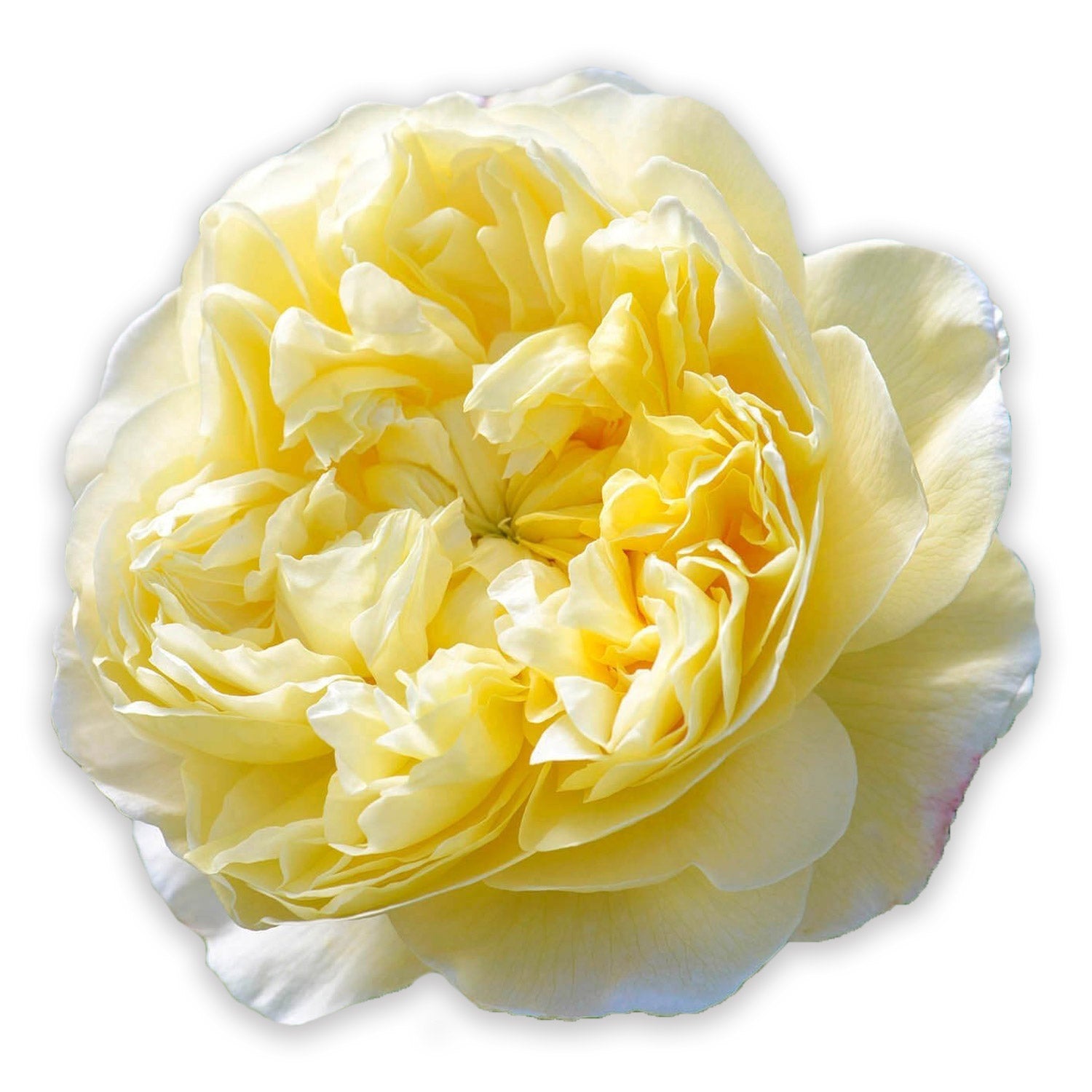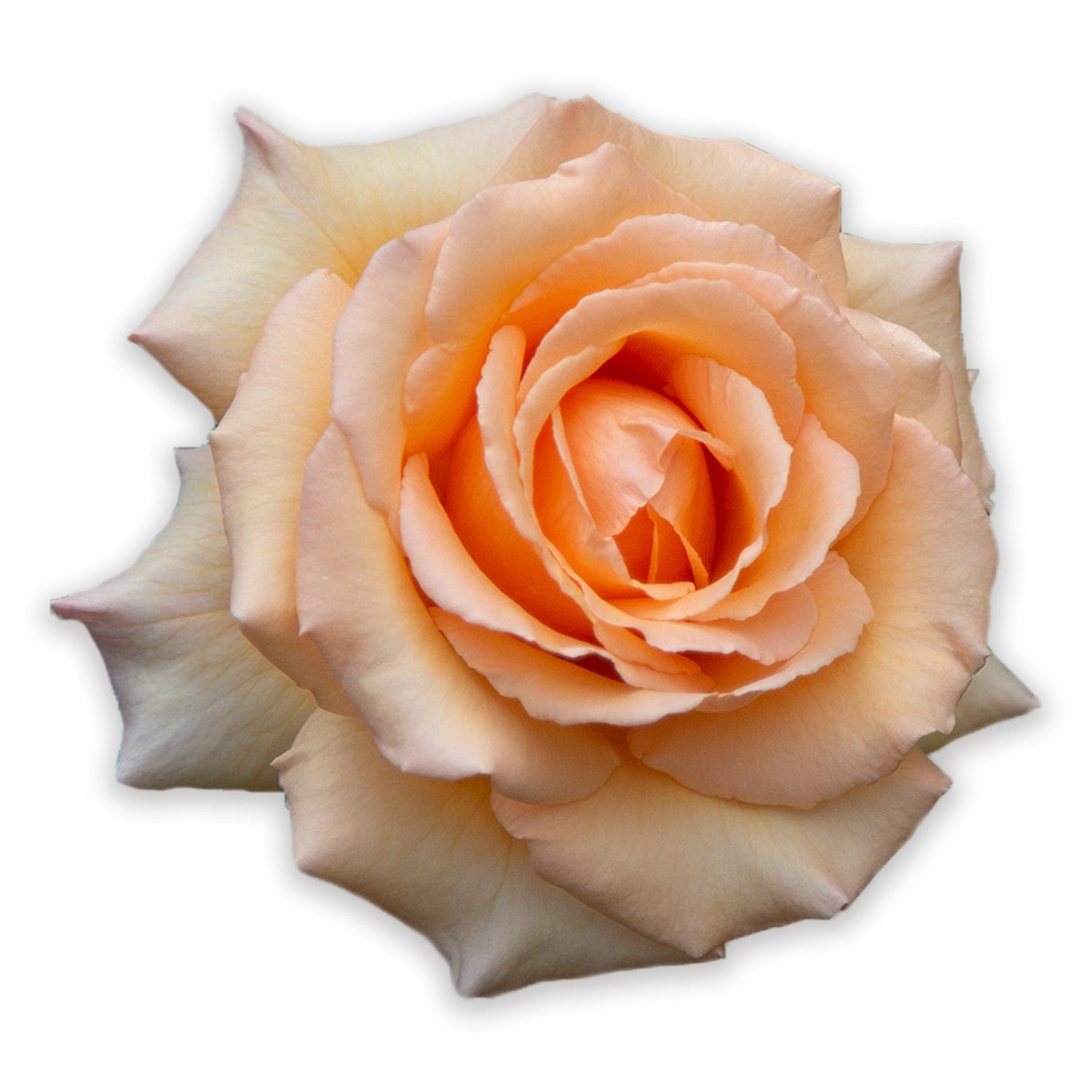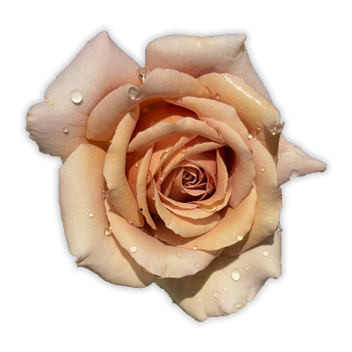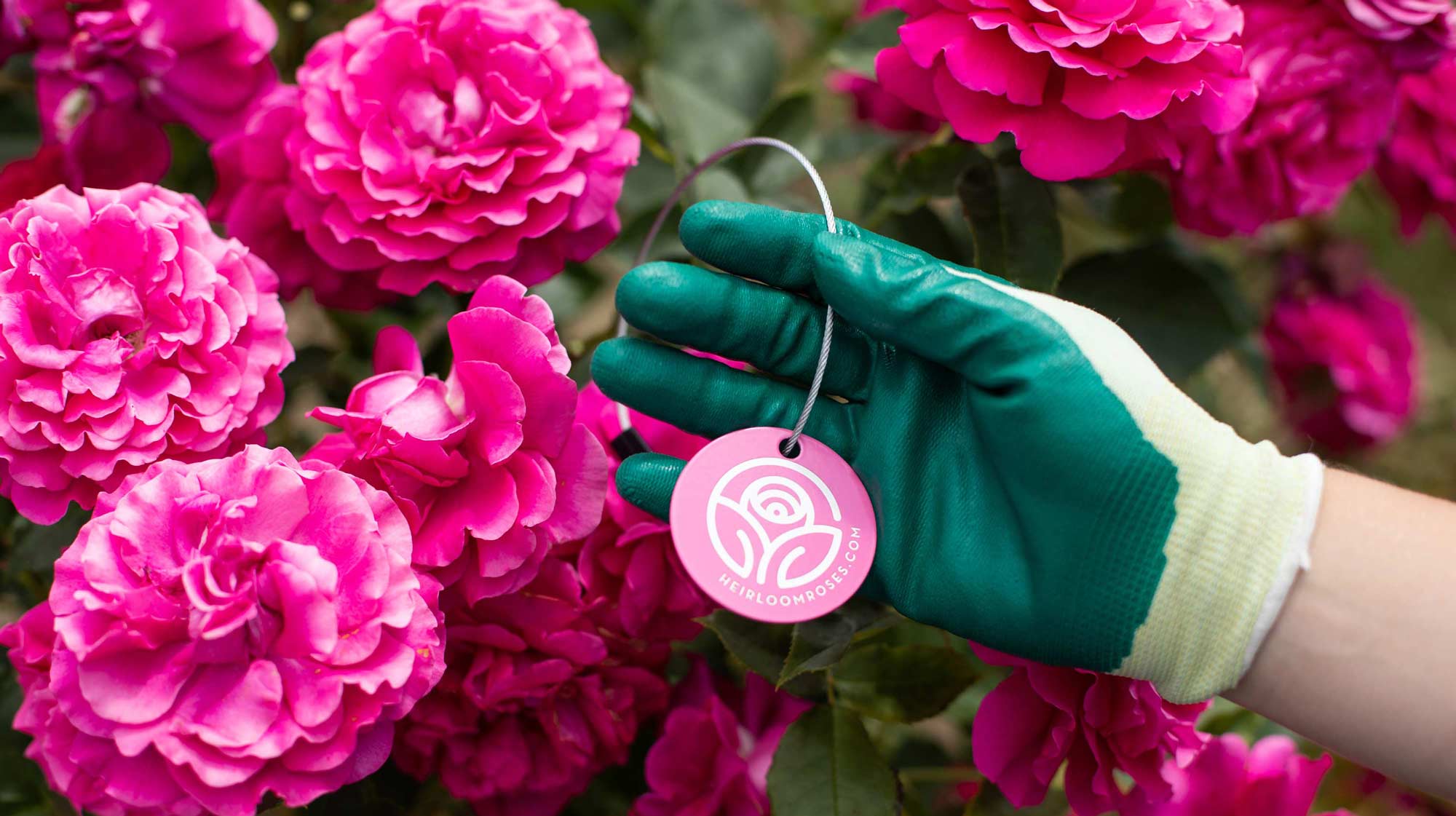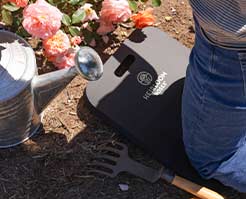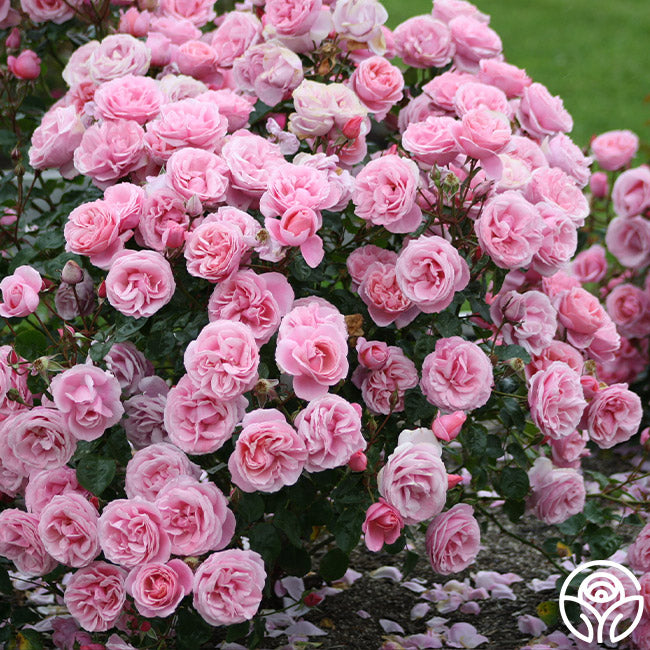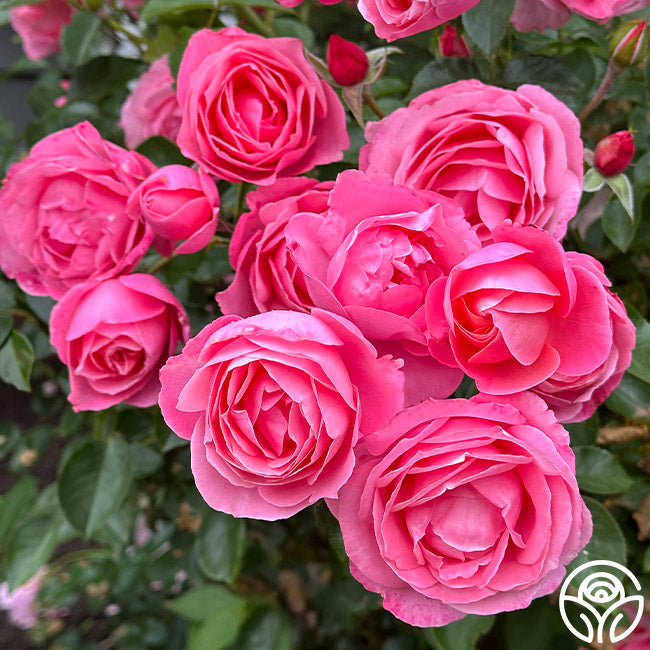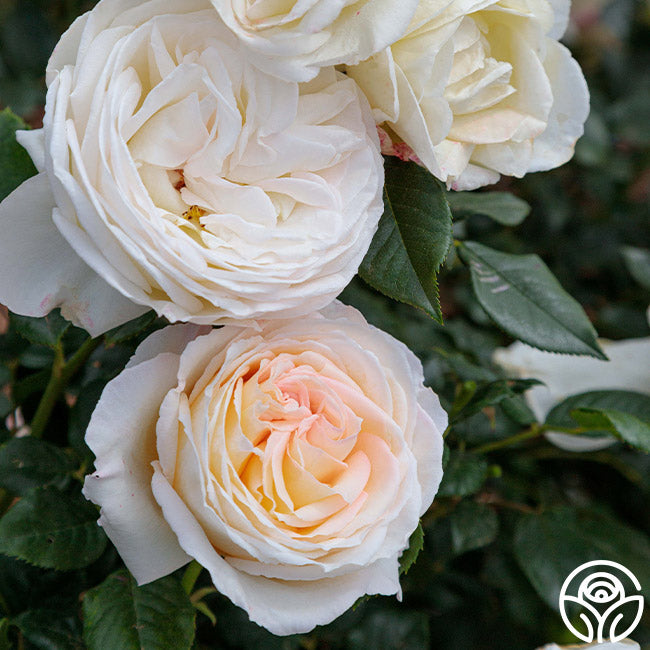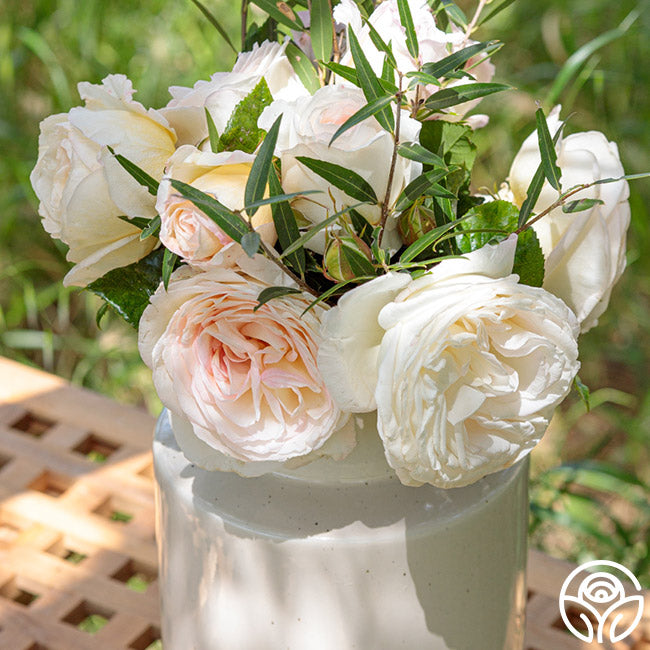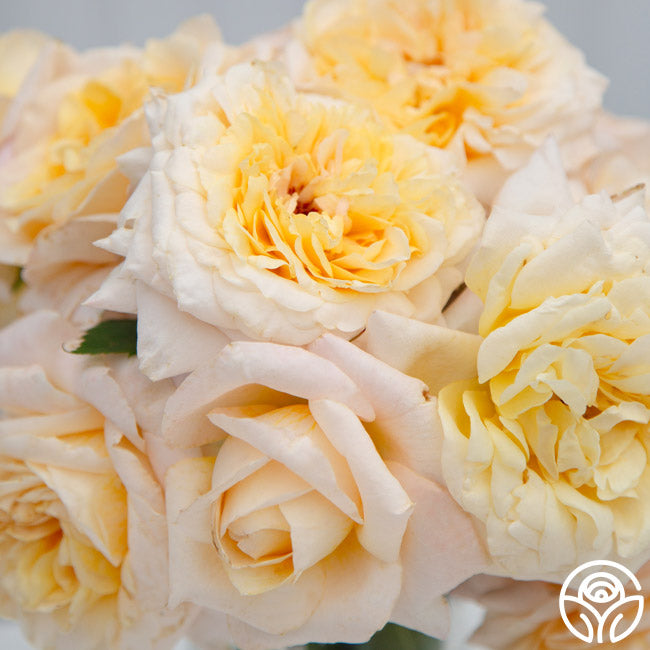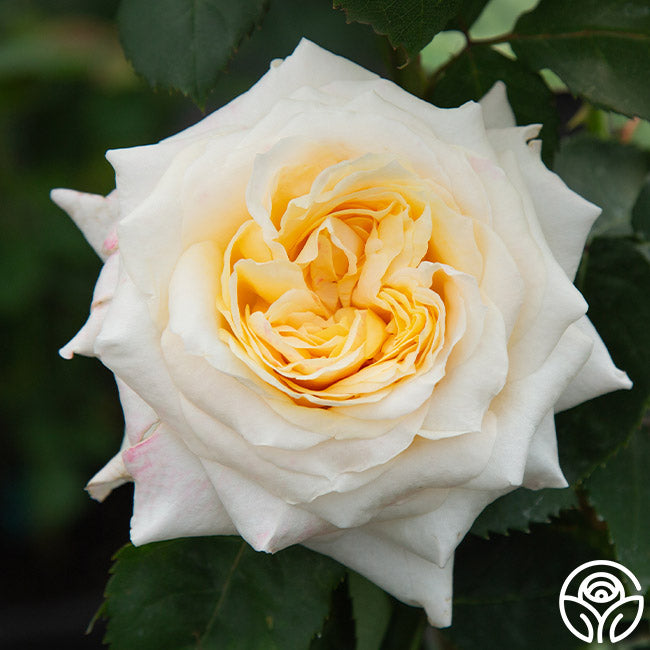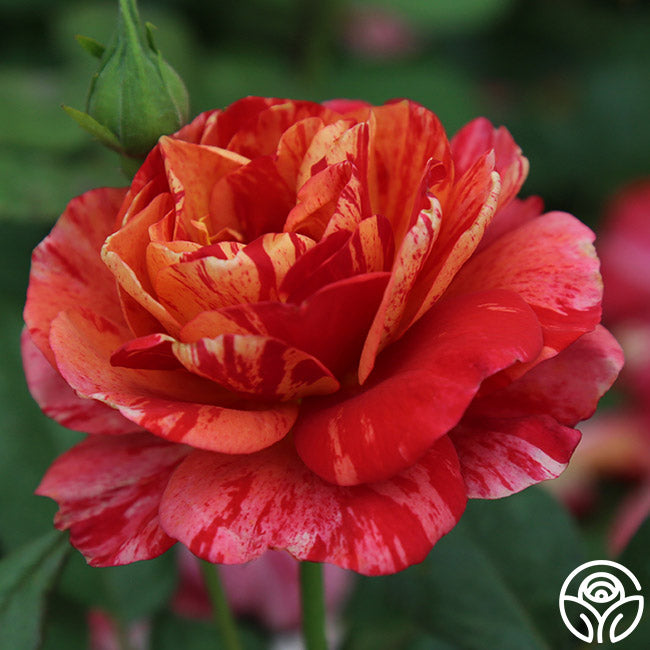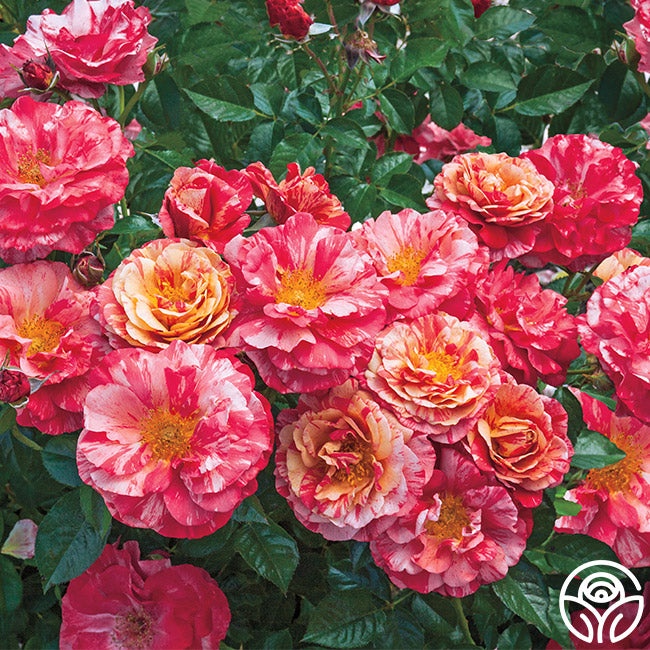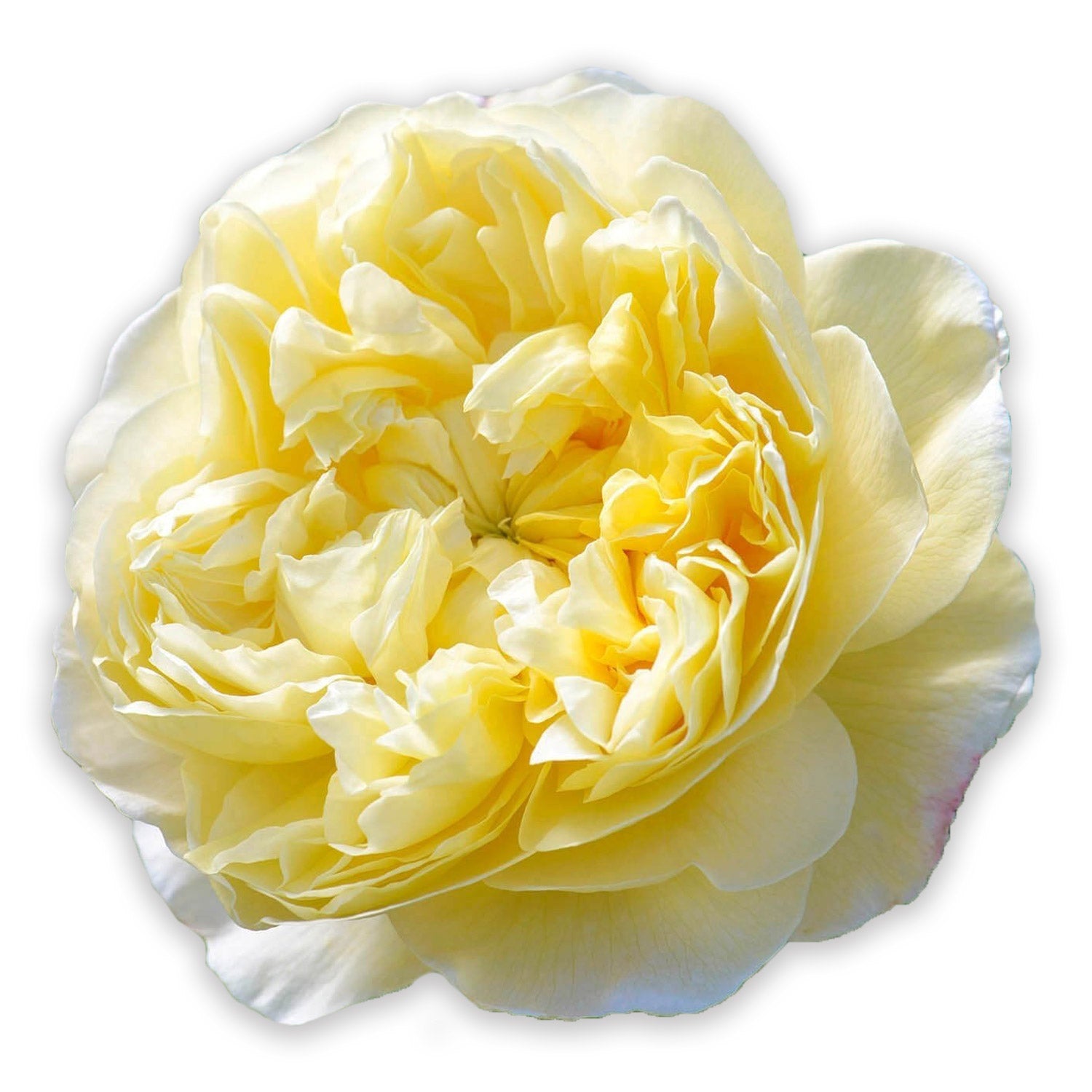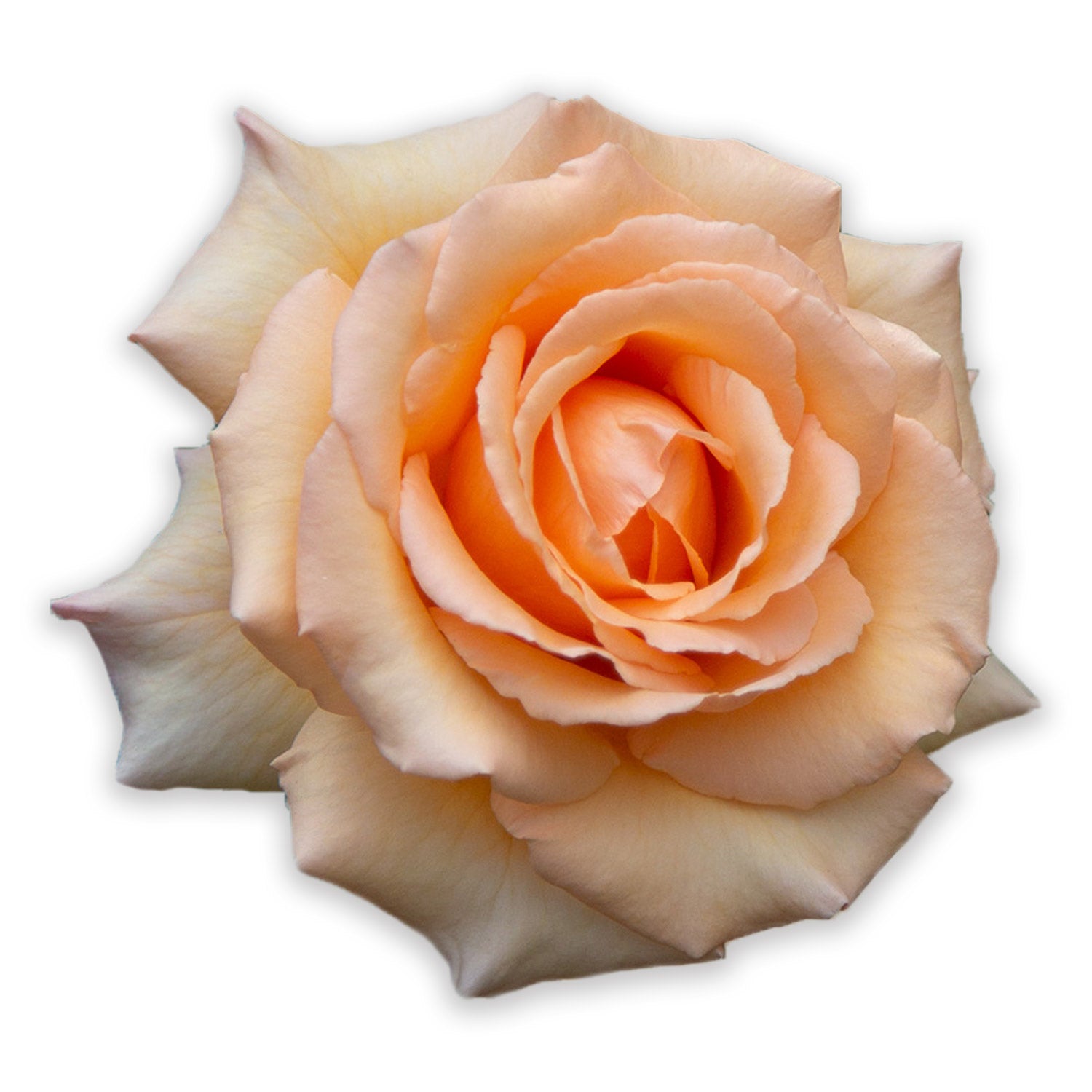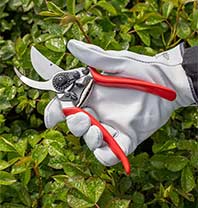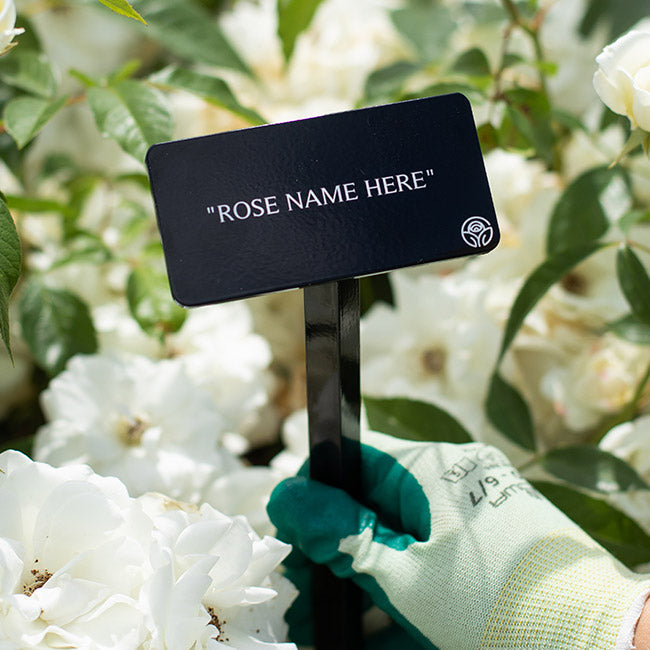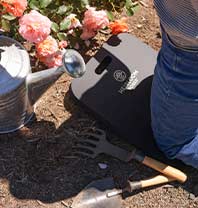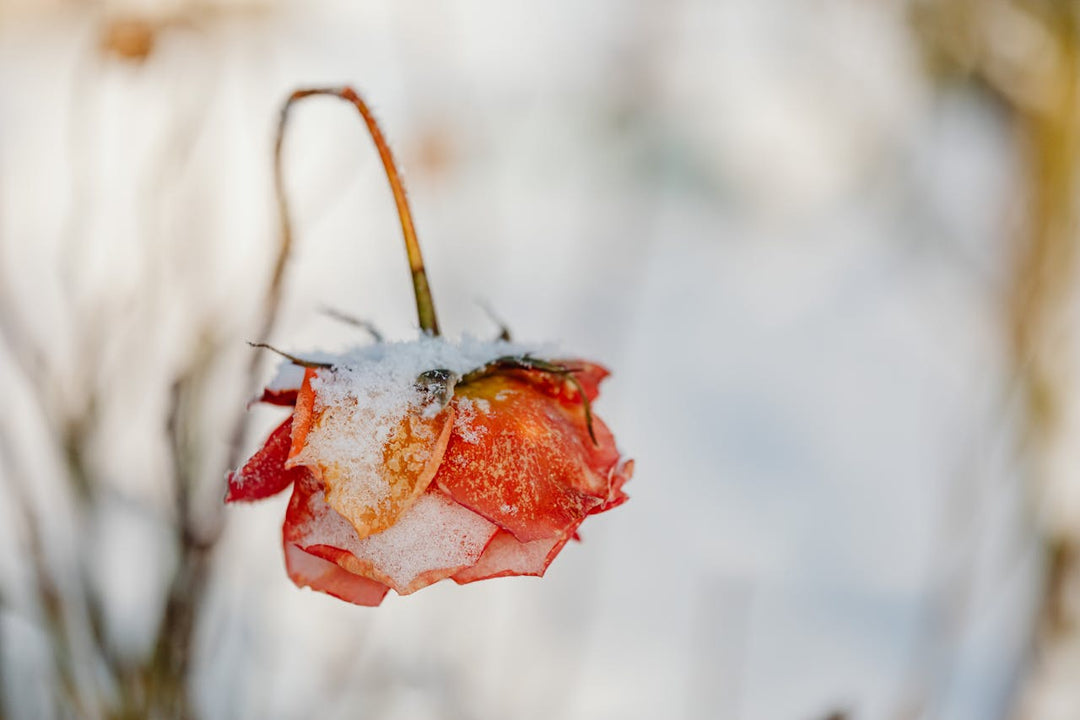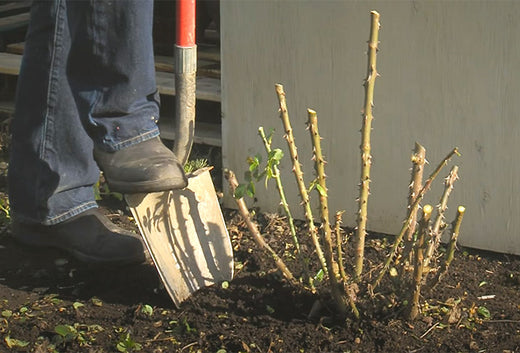Preparing and Protecting Your Container Roses for The Winter
*Please note, these instructions are for roses that have already been transplanted into a different container. When you first receive your rose, please do not keep it in the shipping container for longer than two weeks. If you are not planting the rose in the ground, then please transplant it into a larger container and then follow the instructions below on overwintering.
How to Protect Potted Roses During Winter
Roses in pots add beauty and versatility to any garden, but they require extra care during the winter months to ensure their survival and health. If you’re wondering, “How do I protect roses during winter?” or “How to best protect roses in the cold?” This guide will walk you through the process of overwintering your roses. With a few simple steps, you can prepare your potted roses for the cold season and enjoy their beauty year after year.
Step 1: Clean Up the Rose
Begin by preparing your rose for dormancy:
- Tidy the Pot: Remove moss, weeds, and any other debris (like fallen leaves) from the pot.
- Prune the leaves: Carefully snip off all the leaves from the plant. This helps the rose enter its dormant state and prevents disease.
- Tidy up the canes: Trim any wayward branches, especially those growing in the wrong direction. While major pruning can wait until spring, minor adjustments now make future care easier. Pruning the canes back to 18”-24” and removing any damaged or diseased foliage will prepare your plants to go dormant for the winter and make storing them easier.
Step 2: Add Insulation with Compost
To keep the roots warm during winter, use high-quality compost:
- Choose the right compost: At Heirloom Roses, we recommend using mint compost. Its clumpy texture breaks down easily and provides excellent insulation.
- Apply compost generously: Mound the compost over the base of the rose, ensuring that the root zone is completely covered. This layer acts as a blanket, which helps protect the roots from freezing temperatures.
Step 3: Shelter the Rose
Protect your potted rose from harsh winter elements:
- Use a greenhouse or garage: If possible, overwinter your rose in a greenhouse or unheated garage. This keeps it shielded from extreme cold while allowing it to remain dormant.
- Alternative shelter options: If a greenhouse or garage isn’t available, move the pot closer to your house. This provides some insulation from the home's residual heat and shields the rose from wind and frost.

Step 4: Maintain Moisture Levels
Even dormant roses need some water:
- Water sparingly: Check the soil every 2-3 weeks and water lightly to prevent it from drying out completely. Avoid overwatering, as this can lead to root rot.
- Monitor conditions: The goal is to keep the soil slightly moist, ensuring the roots stay hydrated but not waterlogged.
Bonus Tips for Winter Rose Care
-
Insulate pots: If your area experiences harsh winters, consider using rose cones for extra insulation.
-
Avoid exposure: Keep the pot off freezing surfaces like concrete, which can draw out heat from the roots.
By following these steps, your potted rose will stay safe and healthy throughout the winter months. No matter your experience with gardening, protecting your roses during winter is more achievable than you might think.
After the last frost has passed in the spring, you can bring your potted roses back outside and prune a couple inches off of the canes to stimulate new growth. You should begin to see new growth within a few weeks and can resume fertilizing every 3-4 weeks as needed.




